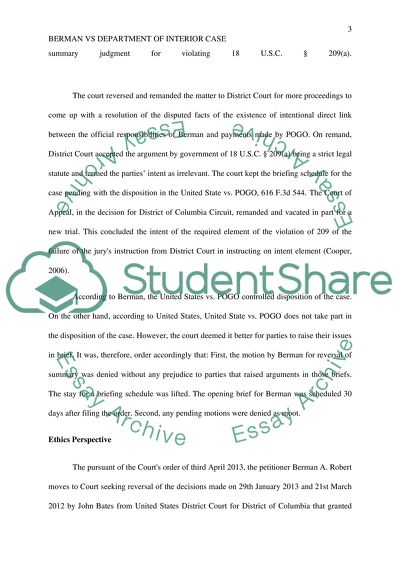Cite this document
(Berman vs Department of Interior Case Study Example | Topics and Well Written Essays - 3250 words, n.d.)
Berman vs Department of Interior Case Study Example | Topics and Well Written Essays - 3250 words. Retrieved from https://studentshare.org/law/1634581-berman-vs-dept-of-interior-case
Berman vs Department of Interior Case Study Example | Topics and Well Written Essays - 3250 words. Retrieved from https://studentshare.org/law/1634581-berman-vs-dept-of-interior-case
(Berman Vs Department of Interior Case Study Example | Topics and Well Written Essays - 3250 Words)
Berman Vs Department of Interior Case Study Example | Topics and Well Written Essays - 3250 Words. https://studentshare.org/law/1634581-berman-vs-dept-of-interior-case.
Berman Vs Department of Interior Case Study Example | Topics and Well Written Essays - 3250 Words. https://studentshare.org/law/1634581-berman-vs-dept-of-interior-case.
“Berman Vs Department of Interior Case Study Example | Topics and Well Written Essays - 3250 Words”, n.d. https://studentshare.org/law/1634581-berman-vs-dept-of-interior-case.


